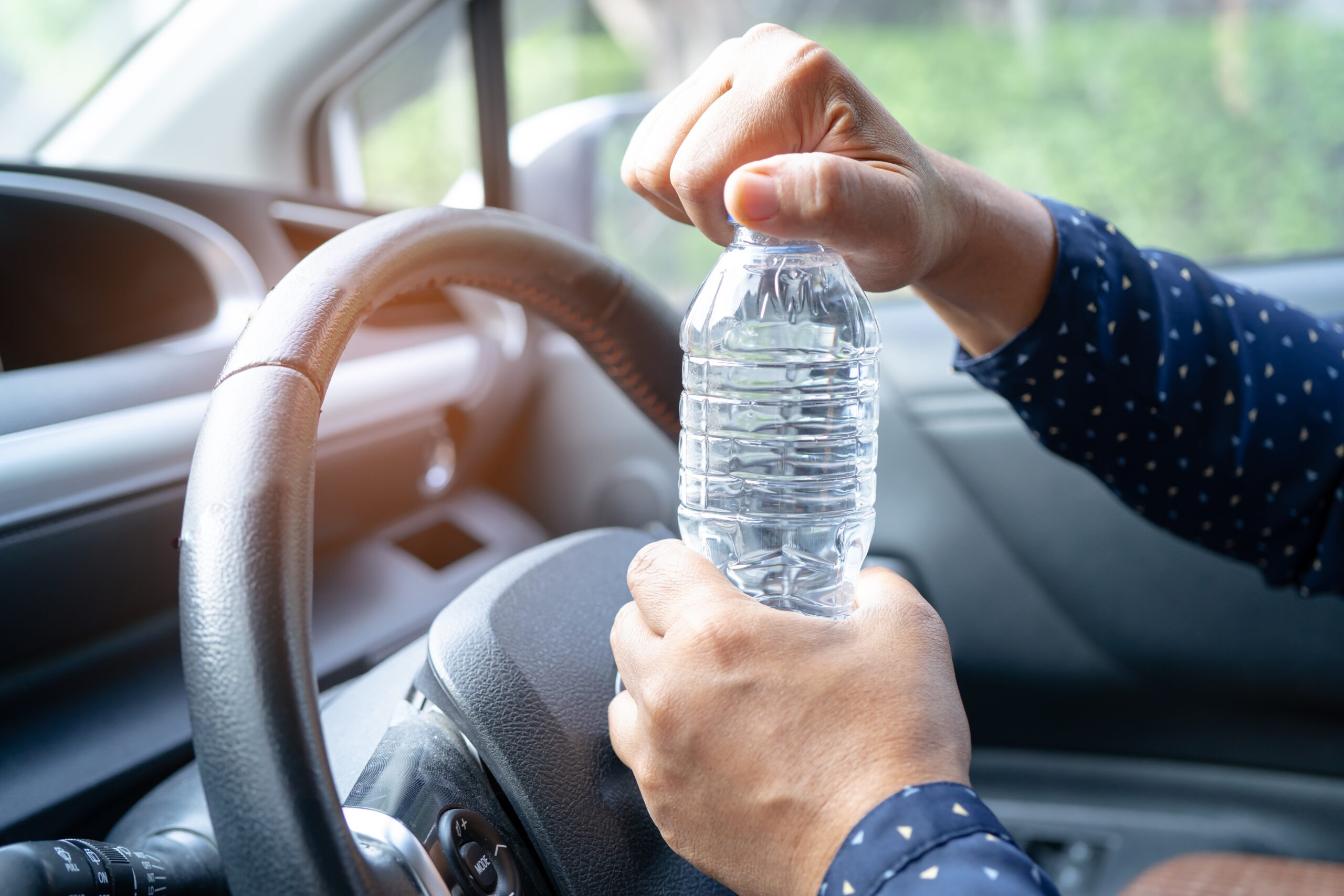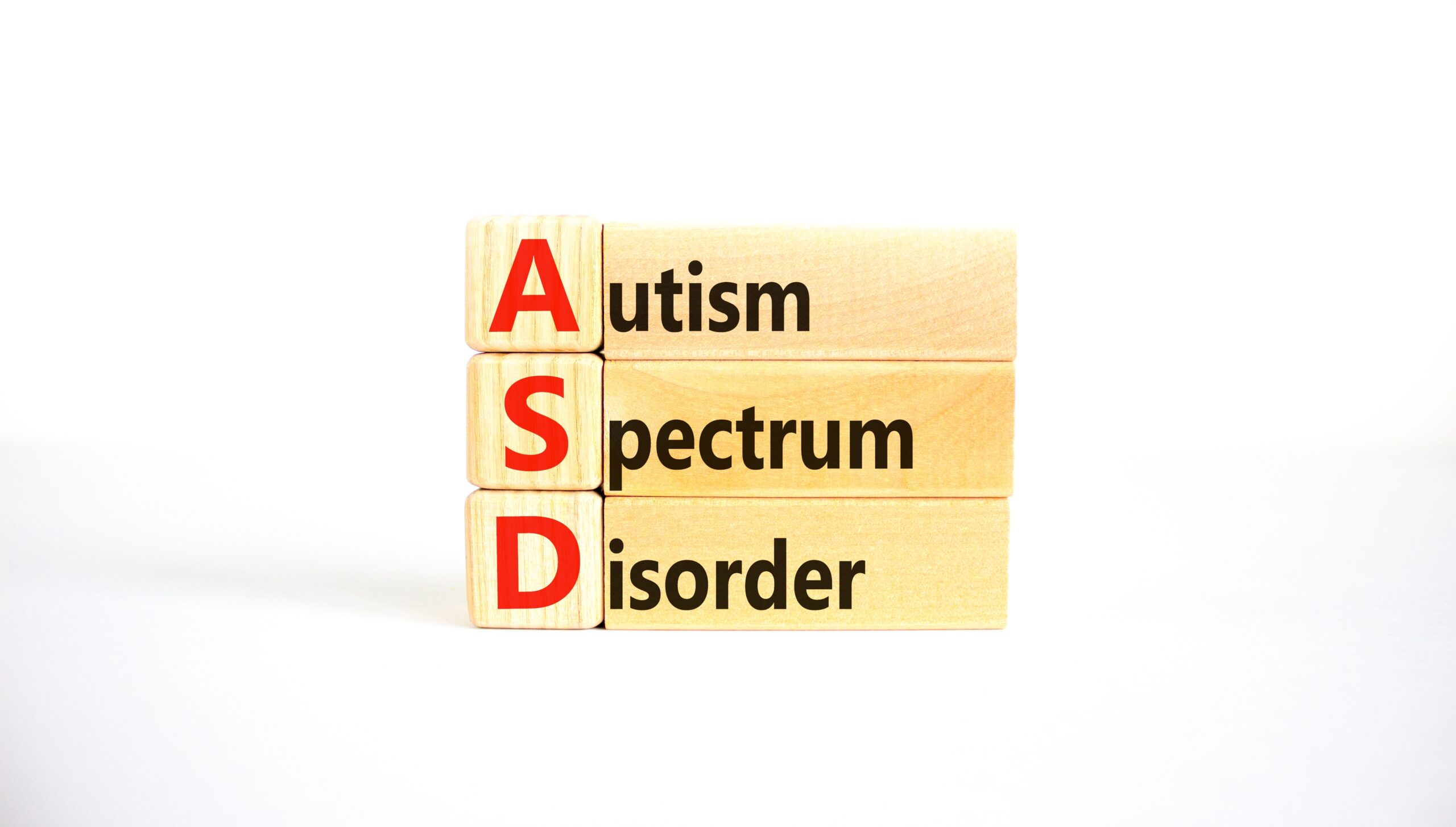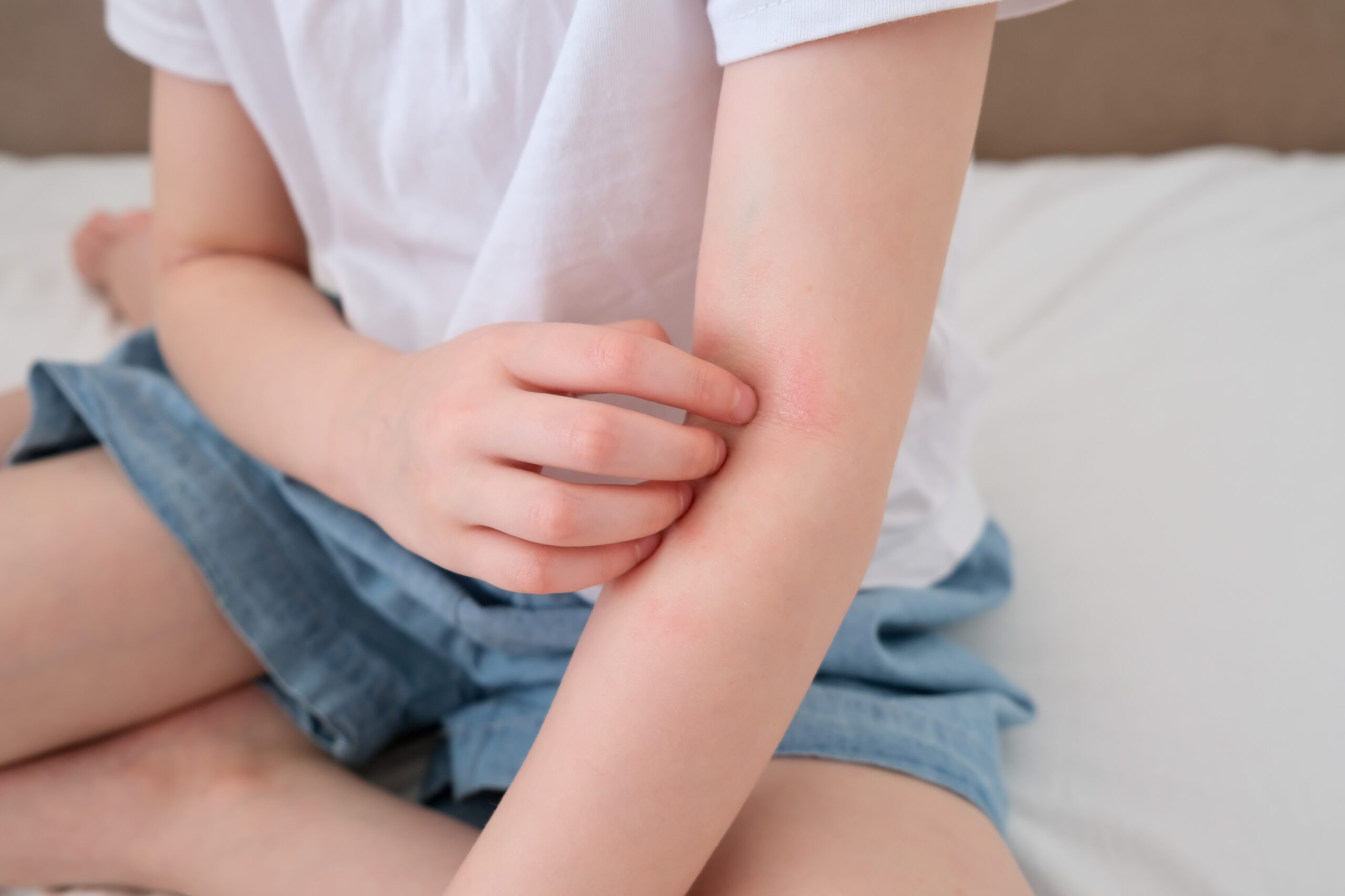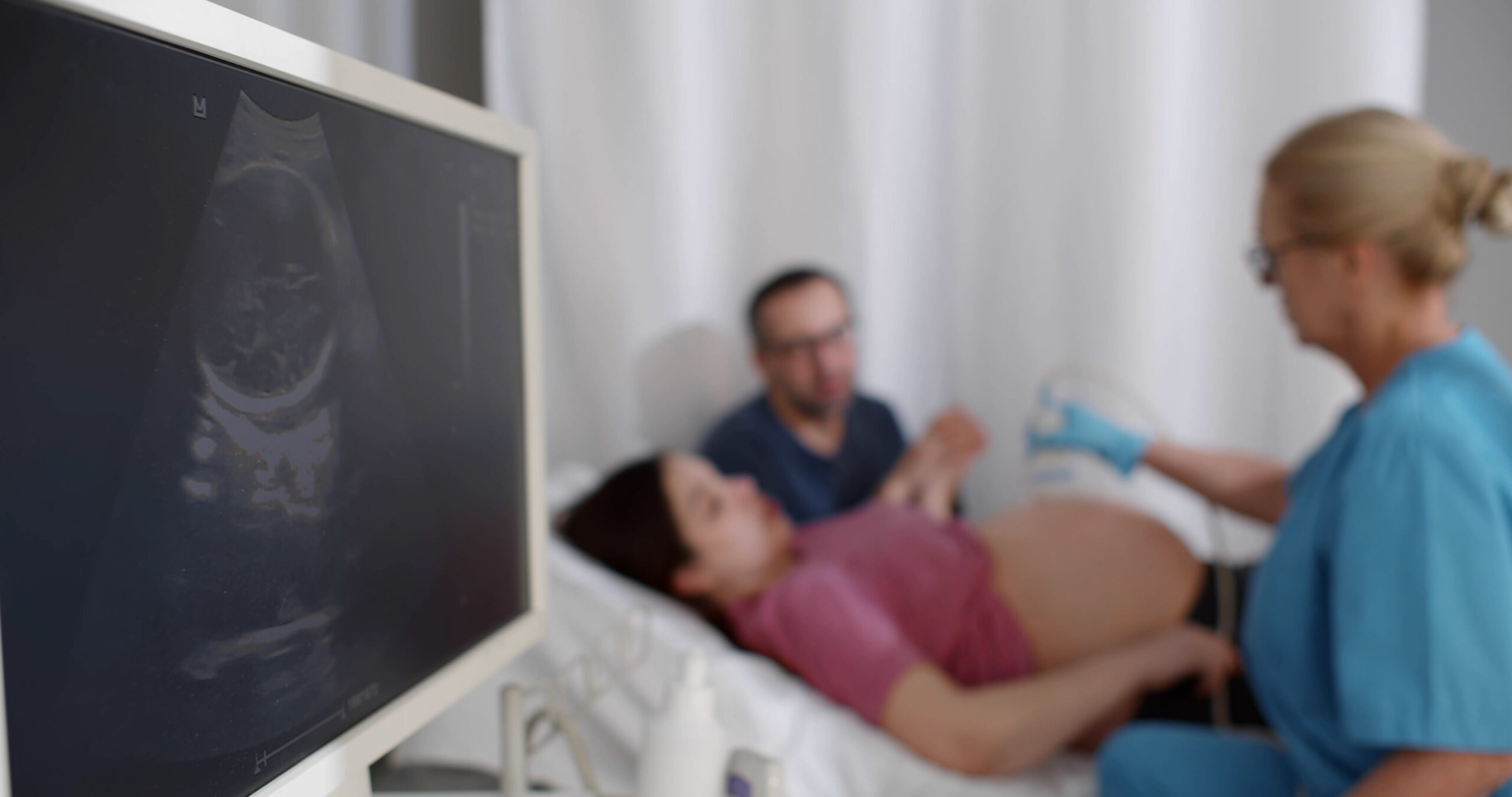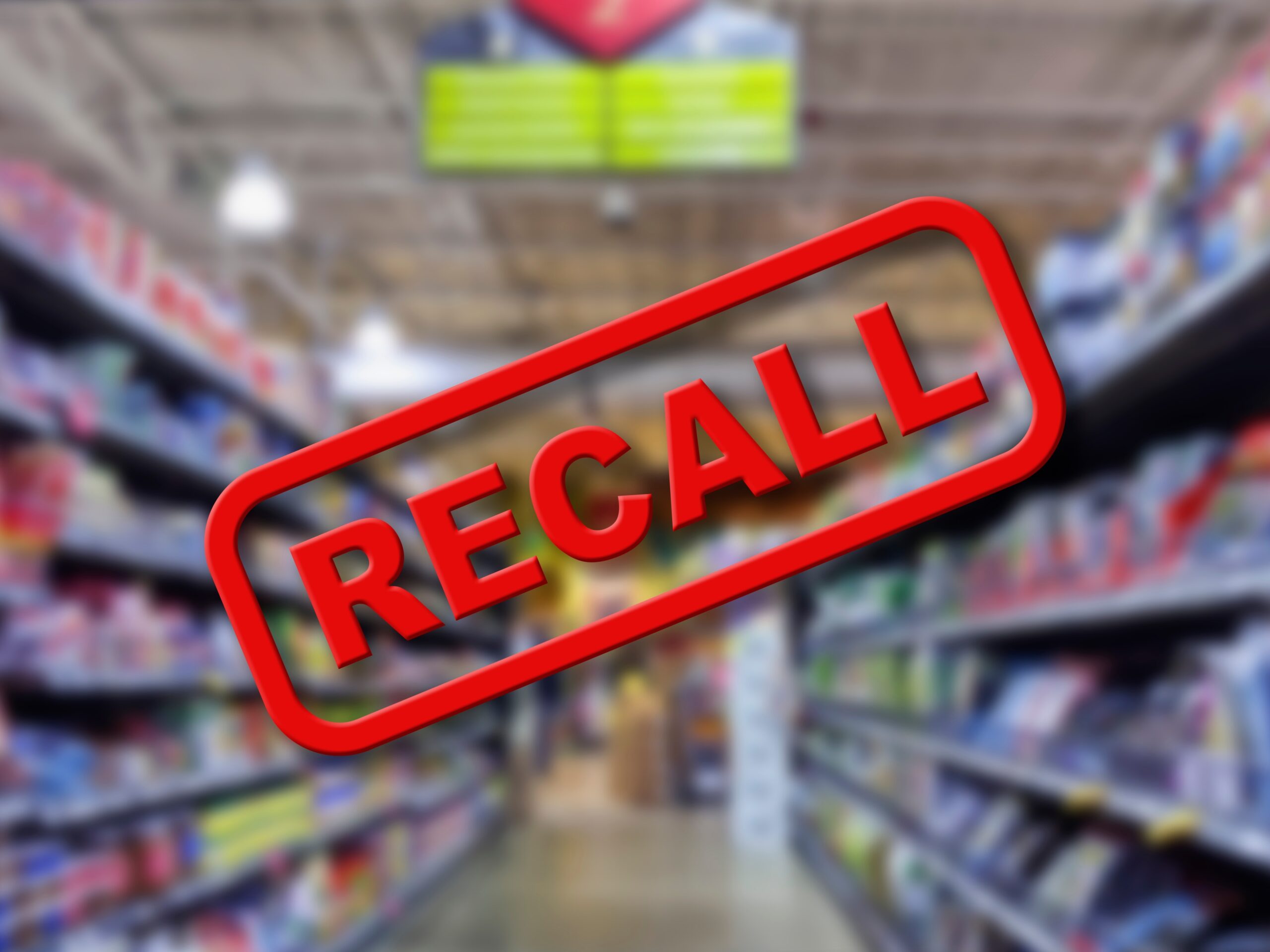Your morning ritual of grabbing a plastic water bottle could be delivering 30,000 microscopic invaders directly into your bloodstream each year.
Story Overview
- Daily plastic bottle consumption introduces up to 30,000 microplastic particles annually into the human body
- Microplastics have been detected in human blood, placenta, and breast milk with unknown long-term health consequences
- Scientists recommend switching to glass or stainless steel containers as a precautionary measure
- The bottled water industry faces mounting pressure as research reveals plastic packaging as a major contamination source
The Invisible Invasion Through Daily Habits
Scientists have discovered that Americans unknowingly consume tens of thousands of plastic fragments annually through routine behaviors. The culprit hiding in plain sight is bottled water consumption. Each sip from a plastic container releases microscopic particles smaller than 5 millimeters directly into your digestive system. These fragments accumulate over time, creating a chronic exposure pathway that researchers are only beginning to understand.
The scale of contamination extends beyond individual bottles. Microplastics infiltrate tap water, indoor air, and packaged foods, creating multiple daily exposure points. However, bottled water emerges as the single largest controllable source, making simple behavioral changes potentially impactful for reducing overall plastic burden in the human body.
Watch:
Scientific Evidence Reveals Alarming Penetration
Research published in peer-reviewed journals demonstrates that microplastics breach every biological barrier previously thought protective. These particles appear in human blood samples, cross the placental barrier to reach developing fetuses, and contaminate breast milk fed to infants. The discovery challenges assumptions about the body’s ability to filter out foreign contaminants and raises questions about developmental impacts on children.
Harvard Medical School researchers emphasize that microplastics cause oxidative stress and DNA damage in laboratory studies. While human health effects remain under investigation, the biological evidence suggests potential links to reproductive issues, immune system disruption, and cellular dysfunction. The particles act as carriers for toxic chemicals, amplifying their potential harm beyond the plastic fragments themselves.
1) Paper coffee cups lined with plastic release 55x more toxins when heated.
Tea bags release thousands of microplastics per cup.
Glass bottles can contain MORE microplastics than plastic (from lid paint).
Soluble fiber can prevent microplastic absorption. pic.twitter.com/S93iFJlV5j
— Patrick Sullivan Jr. (@realPatrickJr) August 3, 2025
Industry Response and Consumer Protection
The bottled water industry faces unprecedented scrutiny as consumers become aware of contamination levels in their products. Major manufacturers have remained largely silent on mitigation strategies, while some argue that current health risk evidence remains inconclusive. This corporate reluctance contrasts sharply with growing scientific consensus that precautionary measures are warranted given the severity of potential consequences.
Environmental health experts recommend immediate behavioral changes rather than waiting for definitive proof of harm. The precautionary principle suggests that widespread human exposure to synthetic particles warrants protective action, especially when simple alternatives exist. Glass and stainless steel containers eliminate the primary exposure pathway while providing equivalent functionality for beverage storage and consumption.
Sources:
Study reveals the shocking amount of plastic we breathe in every day
Daily habit may introduce 30000 microplastics annually
Daily habit may introduce 30000 microplastics annually
ACS Environmental Science & Technology Research
Harvard Medicine Magazine: Microplastics Everywhere

